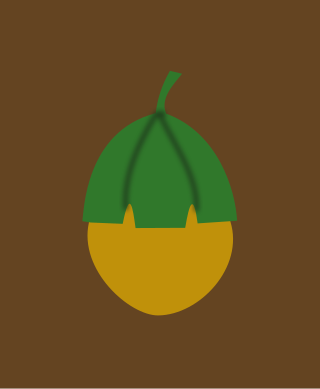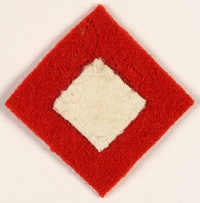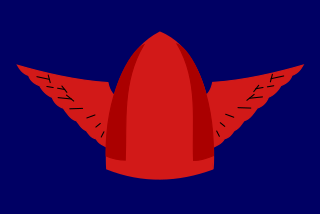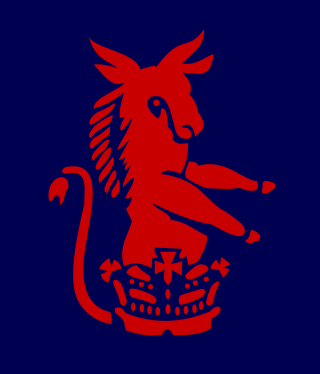
The 4th Infantry Division was a regular infantry division of the British Army with a very long history, seeing active service in the Peninsular War, the Crimean War, the First World War, and during the Second World War. It was disbanded after the war and reformed in the 1950s as an armoured formation before being disbanded and reformed again and finally disbanded on 1 January 2012.

The 38th (Irish) Brigade, is a brigade formation of the British Army that served in the Second World War. It was composed of North Irish line infantry regiments and served with distinction in the Tunisian and Italian Campaigns. Following the end of the war, the brigade was disbanded, but was reformed in sixty years later in 2007 and remains the regional formation for Northern Ireland.
The 10th Armoured Brigade was a short-lived armoured brigade of the British Army in the Second World War. It had been converted in November 1941 from infantry battalions, but had never seen action and was disbanded in late 1943.

The 36th Infantry Brigade was an infantry brigade formation of British Army that fought in the First World War, as part of 12th (Eastern) Division, on the Western Front. The brigade also fought in the Second World War, with the 12th (Eastern) Infantry Division, in France, and later with 78th Infantry Division in Tunisia and Italy.

The 42nd Armoured Division was an armoured division of the British Army raised during the Second World War.

The 29th Infantry Brigade was an infantry brigade unit of the British Army. It was originally raised in 1914 and saw service during the First and Second World Wars and the Korean War.

The 6th Infantry Brigade was a regular infantry brigade of the British Army that was in existence during the Second Boer War, the First World War and the Second World War and later formed part of British Army of the Rhine.

The 214th Infantry Brigade was an infantry brigade of the British Army raised during the Second World War that saw active service on the North West Europe.

The 31st Infantry Brigade was an infantry formation of the British Army, which participated in both the First and the Second World Wars. The brigade was later reformed after the end of the war serving in the British Army of the Rhine until the end of National Service in 1956, which saw the reorganisation of the brigade as the 11th Infantry Brigade.
The 73rd Brigade was an infantry brigade formation of the British Army that served in both the First and the Second World Wars.
215th Brigade was a Home Service formation of the British Army during the First and the Second World Wars.
217th Brigade was a Home Service formation of the British Army during the First and the Second World Wars.

The 219th Brigade was a Home Service formation of the British Army during the First and the Second World Wars.
203rd Infantry Brigade was a Home Defence formation of the British Army during the Second World War.
The 201st Independent Infantry Brigade (Home) was a short-lived Home Defence formation of the British Army during the Second World War.

206th Independent Infantry Brigade was a Home Defence formation of the British Army during the Second World War.
The 207th Independent Infantry Brigade was a Home Defence formation of the British Army during the Second World War.
The 208th Independent Infantry Brigade (Home) was a short-lived Home Defence formation of the British Army during the Second World War.
The 226th Infantry Brigade was a Home Service formation of the British Army that existed under various short-lived titles in both the First and Second World Wars.









